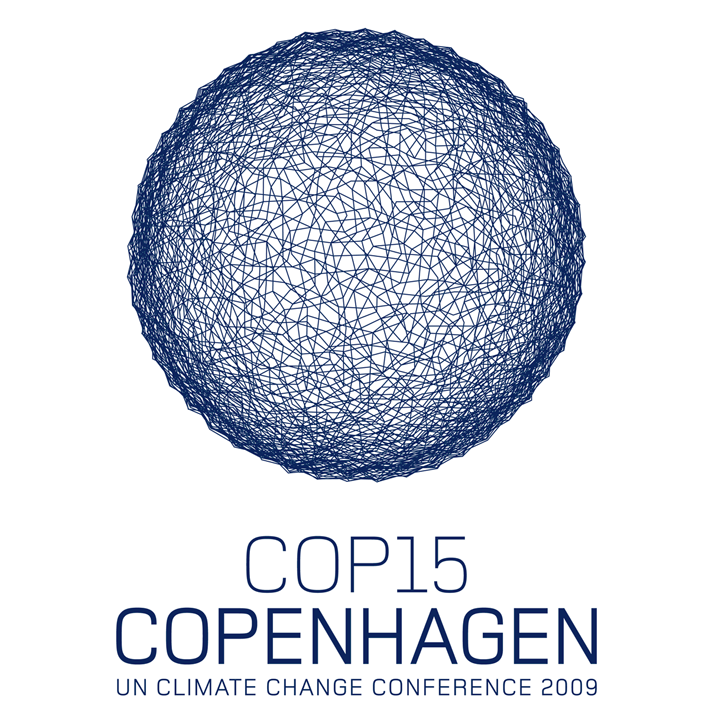As we are quickly approaching the final stretch before the Copenhagen climate negotiations (just a week to go before it begins), I thought I would try to give a quick summary of where the past 2 years of international negotiations have taken us and where we are headed.
As I’ve said before, there are 6 key elements to the international agreement:
- Strong leadership from developed countries with firm and aggressive emissions reductions targets in the near-term (e.g., 2020 and 2030) and strong signals that they will significantly reduce emissions in the medium-term (e.g., 2050).
- Willingness of developing countries to undertake significant emissions reductions on their own that tangibly reduce the growth of their emissions in the near-term (e.g., to 2020) and lay the foundation for even deeper cuts in the medium-term.
- Turning the corner on efforts to combat global deforestation.
- Properly designed and performance-based incentives from developed countries to encourage even greater developing country emissions reductions.
- Support for adaptation to the impacts of climate change in the least vulnerable countries.
- Strong provisions to ensure that countries “open up their books and defend them”. We need to know that countries are actually achieving what they say they are doing to reduce their emissions and in providing support for countries to go further in reducing their emissions and adapting to global warming.
So I figured I would help with the lead-in to Copenhagen with a five part series of posts (my colleague Heather Allen will add one as well to cover the adaptation discussion). But before getting into the details on those 6 elements, I thought I would cover a bit of the expectations for Copenhagen.
What can we expect out of Copenhagen? The meeting in Copenhagen is about building on the growing momentum for action that has emerged over the past year and laying a solid foundation for achieving the final legally binding agreement in months, not years. Heads of government from over 70 countries, including all the major emitters, have now signaled that they’ll attend the Copenhagen negotiations making it the first “real Summit” on global warming where countries are expected to make commitments to action. This is a very positive step as solving this challenge will require the focus of the key decision-makers in every country, and their sustained focus for 40 plus years.
Over this past year we’ve had all the major developed countries, with some exceptions, propose serious and firm commitments to curb their emissions (more on this in Part 2). And major emerging economies have all either signaled clear steps that they’ll take to reduce their emissions or provided clear signals that they will soon (more on this in Part 3). So we actually have made very serious progress on one of the most important elements of an international agreement – signs of actions by key countries to address their global warming pollution.
The emerging consensus is that Copenhagen will result in a political agreement with some key details being settled this December and a deadline for finalizing the full legally binding agreement sometime next year-“one agreement, two steps”.
It is expected that significant progress will be made on each of these six key elements I discussed above so that the agreement reached in Copenhagen isn’t just a mere piece of paper with no meaning. Rather, it could lead to real commitments to actions that reduce emissions while the full legal agreement is finalized sometime next year.
Expected Outcome from Copenhagen. The current expectation is that there will be a 6-8 page political agreement which outlines the broad contours of the international agreement, and then a series of “Annexes” to the political agreement which specify further details. The combination of these two sets of documents is then expected to be integrated next year into a legal agreement which can be ratified by countries in the following years. So the current proposed outcome as discussed by the UNFCCC Secretariat Yvo de Boer is for the following items to be agreed in Copenhagen:
1. Deeper emissions reduction targets for developed countries – the expectation is that all developed countries will outline further emissions reductions and then next year these commitments will be translated into legally binding commitments.
2. Developing countries outline specific emissions reductions actions/commitments (called “Nationally Appropriate Mitigation Commitments”) – All major developing countries are expected to outline the kinds of emissions reduction actions that they’ll commit to undertake.
3. “Prompt start funding” for clean energy, deforestation reduction, and adaptation assistance in developing countries. The current expectation is that developed countries will outline specific commitments to support developing countries through 2012 – developed countries are currently aiming to compile $10 billion per year for these purposes. In addition, there will be a discussion about how future funding will be managed and distributed, including a clear set of options for how larger, more sustainable funding will be developed for the post-2012 period.
4. Decisions on key architectural elements of the new legally binding agreement. Negotiators have been focused on outlining the architecture for the new international agreement, so these decisions would seek to “lock-in” what they can already agree to and establish a clear path to finalizing the additional rules next year. Agreements are expected on all the elements of the Bali Action Plan, so:
- Emissions reductions for deforestation and forest degradation (REDD) and other forestry activities (REDD+);
- Support for technology transfer and deployment in developing countries;
- Assistance for the most vulnerable to adapt to the impacts of climate change; and
- How countries will have to monitor, report, and verify their emissions reduction actions and the support that is provided to developing countries.
The Copenhagen “Wild Ride”. For anyone that has followed the international global warming negotiations, you won’t be surprised by this negotiation session. It will be a “wild ride” with a lot of grumbling, ups and downs, agreements, threats (or possibilities) of walkouts, moments where it looks like things are coming together and then something sets it back, etc.
And just hopefully, if countries are able to set aside their differences and see the greater good (our future), they’ll find a way to agree to set the world on a path that is much closer to solving global warming. They’ll outline a new set of actions to address global warming and a clear path to making them firmer and deeper next year.
So stay tuned. I’ll be there the whole time, as will a number of my colleagues.
Spread the news on what the føck is going on in Copenhagen with friends via email, Facebook, Twitter, or smoke signals.





